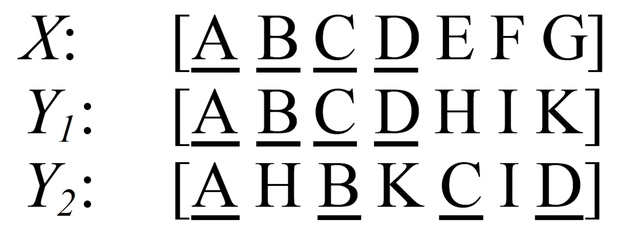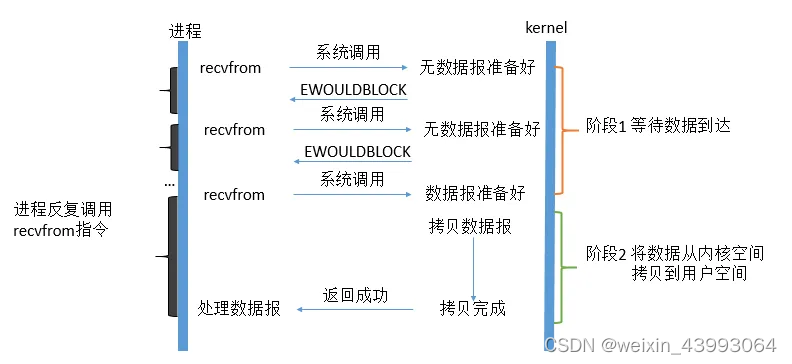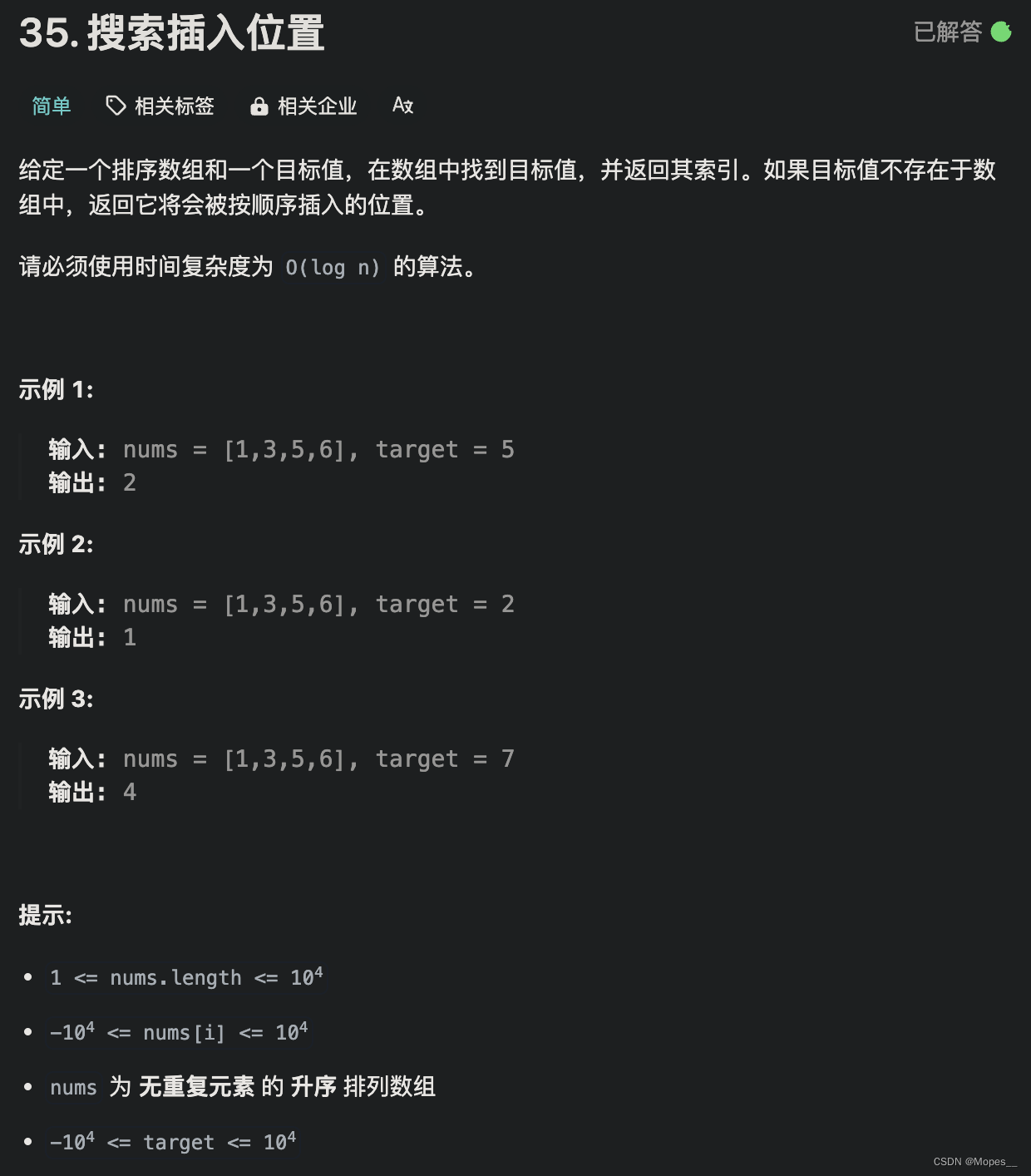== 时钟 sensor clock
sensor的输入时钟 MCLK
输出时钟:
1. VTPixelClock:会影响sensor内部的帧率、曝光
VTPixelClock(vt_clk)Video Timing Clock, From sensor PLL
VTPixelClock = Framelengthlines x LinelengthPixelClock x FPS
Framelengthlines LinelengthPixelClock 对应sensor的内部寄存器
2. OutputPixelClock:给mipi传输使用的,影响sensor传输的速率
OutputPixelClock = DataratePerLane x Lane number / BitWidth
DataratePerLane:每条lane的速率
Example:
1920x1080_30fps_10bit_4lane_1.6992Gbps
OutputPixelClock = 1.6992Gbps x 4 / 10 = 679680000
MIPI Clock = DataratePerLane / 2 = 1.6992Gbps / 2 = 849.6Mbps
::为什么除以二,因为mipi是双采样
== Sensor 帧率
FPS(Framerate): Sensor每秒输出多少帧图像
FPS = VTPixelClock/frameLengthLines/lineLengthPixelClock
VTPixelClock(vt_clk):Video Timing Clock, From sensor PLL
frameLengthLines(vts):对应sensor实际寄存器值,height + VBlank
lineLengthPixelClock(hts):对应sensor实际寄存器值, width + HBlank
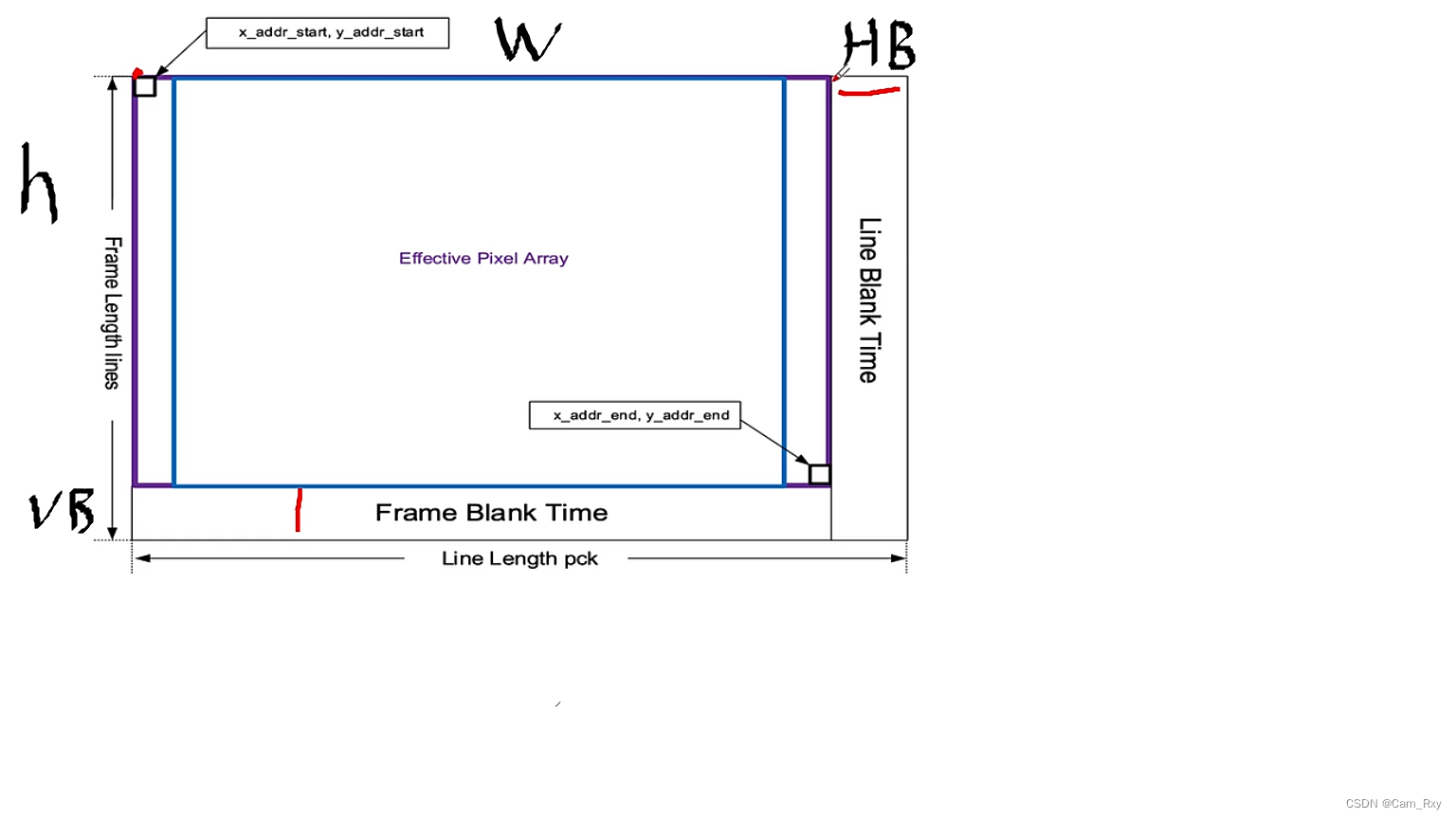
== Sensor 曝光
LineReadoutTime:sensor是行曝光,即一行数据读完的时间
LineReadoutTime = LinelengthPixelClock / VTPixelClock
ExposureTime: Sensor 曝光时间
LineCount = ExposureTime / LineReadoutTime
LineCount <= FramelengthLines – Offset(4, 6, 8)
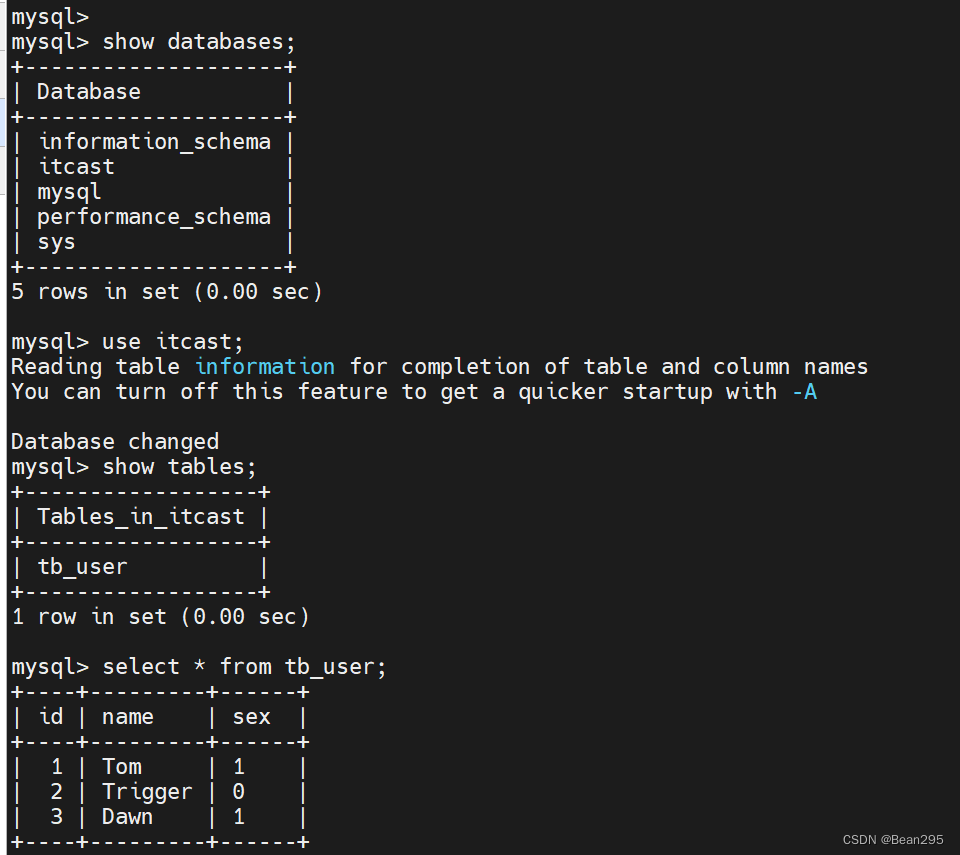
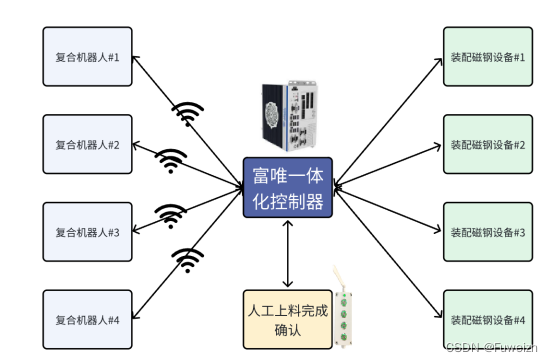
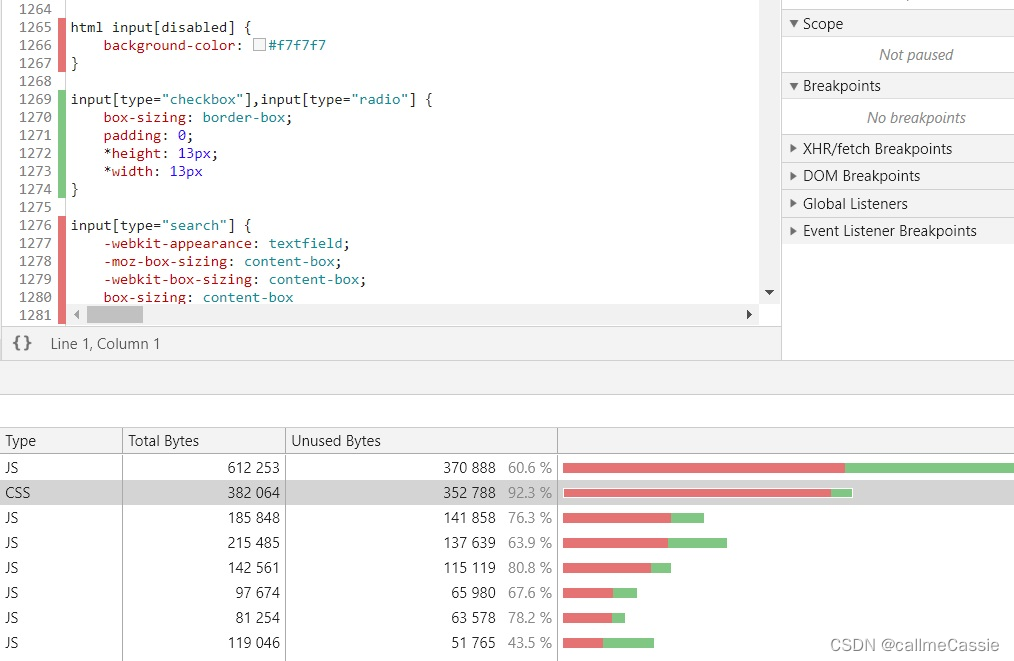
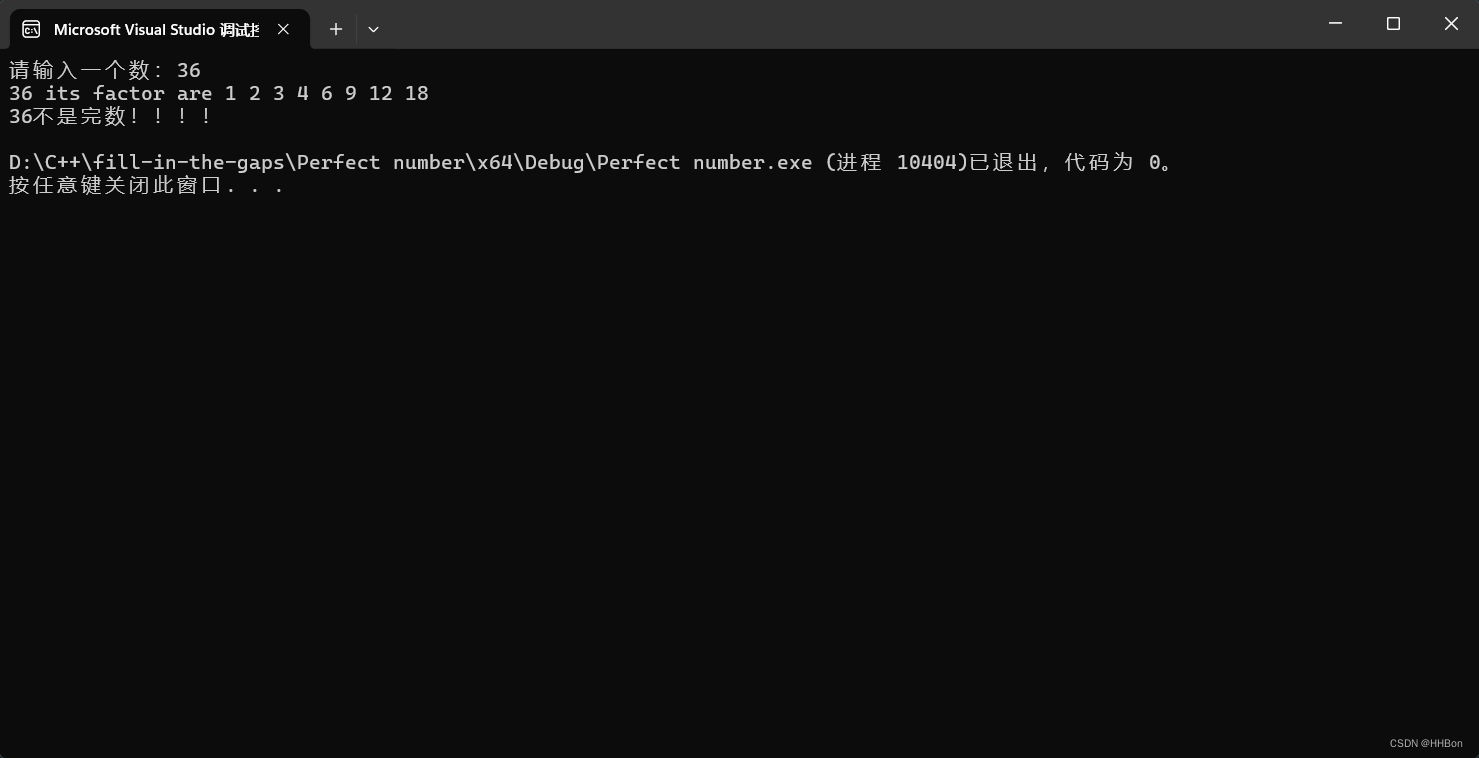
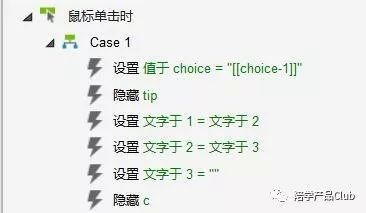


![FileNotFoundError: [Errno 2] No such file or directory: ‘llvm-config‘](https://img-blog.csdnimg.cn/direct/ba8556612b334d8c94a656517bf6e4f1.png)



![[数据结构与算法]-什么是二叉树?](https://img-blog.csdnimg.cn/direct/ff30a20a727b44c8a7ff28d35994e478.png#pic_center)

